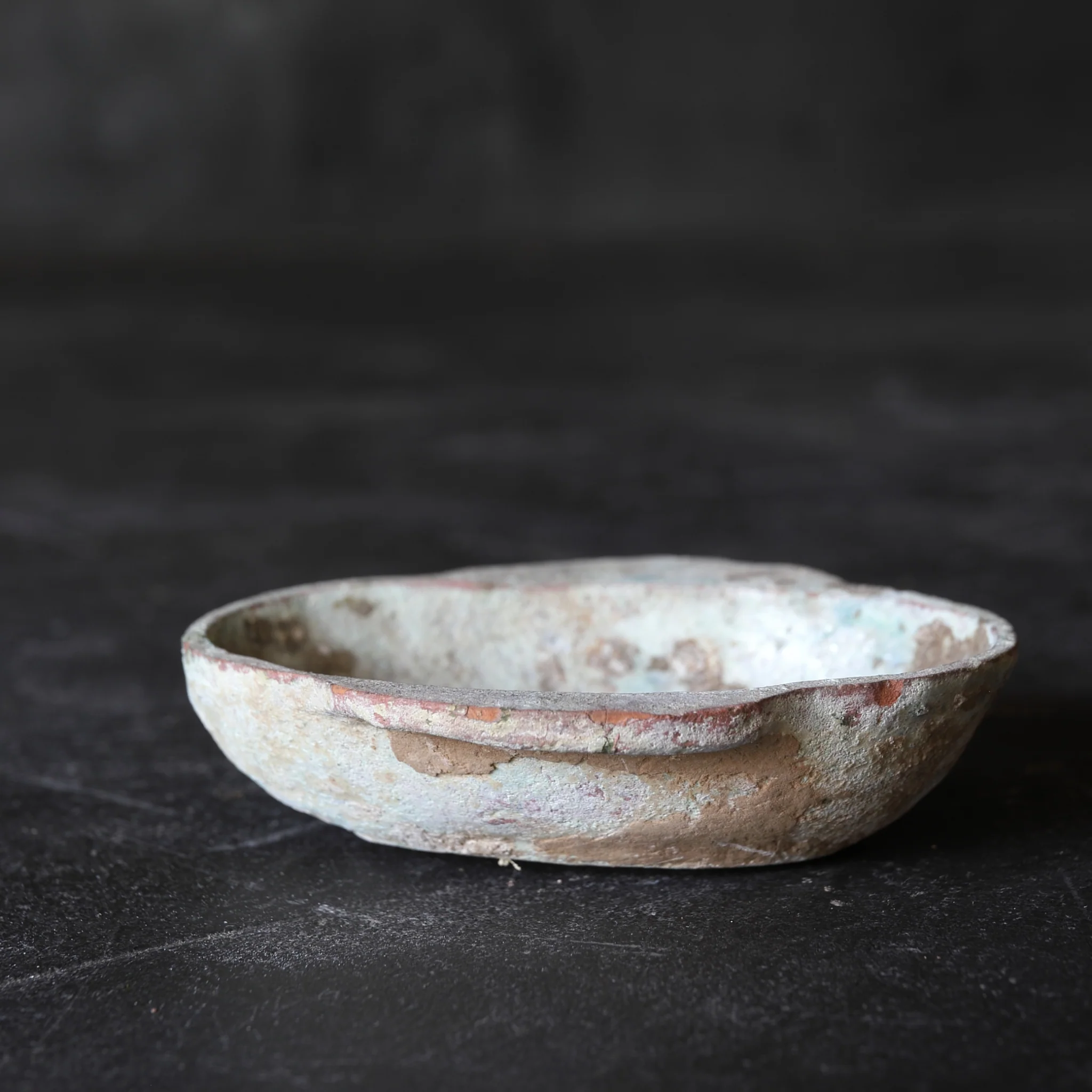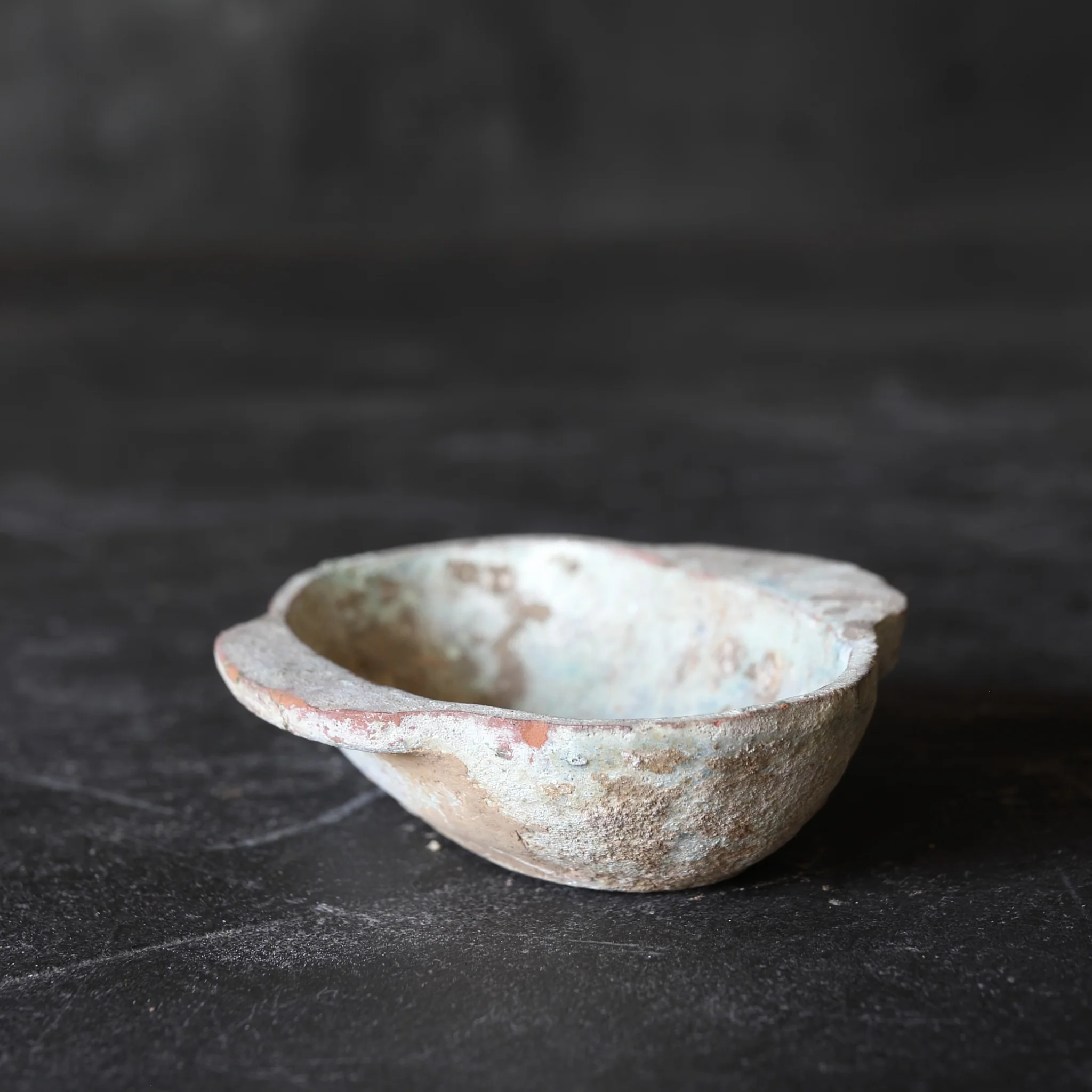















18th century blackened Delft vase Cup 16th-19th century
Tax excluded. Shipping calculated at checkout
This is Delftware from around the 17th-18th century. It is a very rare type of blackened Delftware with a blackened surface. Most of the white Delftware, which is colored by adding tin to a transparent glaze, has been excavated, but it is known that the glaze turns black or dark in color when it reacts with iron or sulfur compounds in the ground.
Due to the current situation, it has become very difficult to obtain Delftware. Furthermore, blackened Delftware is very rare and rarely appears on the market. Why not add it to your collection?
There was no leakage during a one-hour water leakage test, but since this is an old product, we cannot guarantee that it will not leak for long periods of time.
Due to the current situation, it has become very difficult to obtain Delftware. Furthermore, blackened Delftware is very rare and rarely appears on the market. Why not add it to your collection?
There was no leakage during a one-hour water leakage test, but since this is an old product, we cannot guarantee that it will not leak for long periods of time.
W6.5 x D6.7 x H4.3 cm
商品写真を多数掲載しておりますので、詳細や状態をぜひご確認ください。ご不明な点がございましたら、お気軽にお問い合わせ下さい。
Choose options
















18th century blackened Delft vase Cup 16th-19th century
Sale price¥46,000 JPY






















